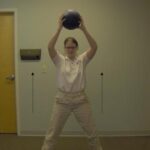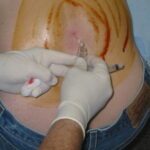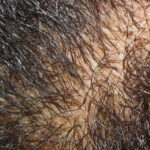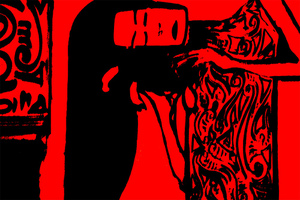What is Upper Back Pain
Upper back pain is pain that is felt between the bottom of the neck and top of the lumbar spine. The upper back and neck section is a very complex part of our body because there are many joints and muscles working together.
While lower back pain affects our ability to walk and move about, upper back
pain affects our ability to carry out simple daily activities like combing our hair or
riding a bicycle.
Upper back pain is not as common as lower back pain, which is the most frequent excuse for absenteeism from work.
This is because the upper back does not move as much as the spine in the lower back.
To understand how the upper back behaves, you need to have an idea of how it is structured in the spine.
Upper Back Structure
The anatomy of the upper body consists of the torso, arms and back. The torso which is basically the thoracic spine is made up of twelve vertebrae. The upper nine vertebrae are connected to corresponding ribs on both sides at every level and attaches to the breastbone in front. This forms the thoracic cage that provides structural protection for the internal organs of the heart, lungs and liver. This also offers space for the lungs to expand and contract but has limited motion in the spine. The lower three ribs do not join together at the front but still offer some protection to the vital organs, and allow slightly more motion in the spine. Viewing from the side, this part of the spine is a bit concave.
Since there is a lot of stability and little motion at the upper back (thoracic spine), there is less spinal disorder along this section of the spine.
The arms contain muscles such as the triceps brachii, biceps brachii and deltoid.
The back contains muscles such as the rhomboids, rotator cuff and lattisimus dorsi.
Upper Back Pain Symptoms
Upper back pain may last for a short duration, or it may last for more than three months, which is considered as chronic.
The pain may be dull and throbbing, sharp and piercing, local or radiating. The pain may be constant, or only during certain activities, like lifting heavy things or after sitting for a long time. You may feel weakness and pain in your arms, and stiffness of your upper body.
Upper back pain may occur in conjunction with other underlying medical conditions.
Symptoms of upper back pain include:
Fever
Headache
Shoulder pain
Stiffness of the back
Swelling or redness of the back
Fatigue
Stress
Insomnia
Anxiety
Depression
Some people suffering from back pain may also have other medical conditions with the following symptoms:
Chest Pain
Sweating
Nausea
These symptoms may be life threatening and they should seek emergency treatment.
Upper Back Pain Causes
Upper back pain can be caused by trauma, sudden injury, strain and poor posture over time. People who work long hours in front of computers or stretching their upper body at an awkward angle is prone to this problem. As their joints and muscles become exhausted their spines are misaligned creating imbalances.
People who stretch and swing their upper body frequently during sport activities may also develop upper back pain.
Upper back pain can also be caused by more serious medical conditions, such as:
- ·(infection or inflammation of the spinal joints)
- ·(metabolic bone disease)
- ·:
Congenital (present at birth)
Family history of back pain or spine disease
Obesity
Increasing age
Poor posture
Sedentary lifestyle
Smoking
Stress and anxiety
Upper Back Pain Prevention and Treatment
Most treatments for upper back pain are focused on relieving the pain and do not address the underlying cause, which is normally the spinal imbalances.
Unless you address the muscle and joint imbalances, pain relief is only temporary.
Upper back pain can be treated by one or a combination of the following:
- ·.
- ·.








